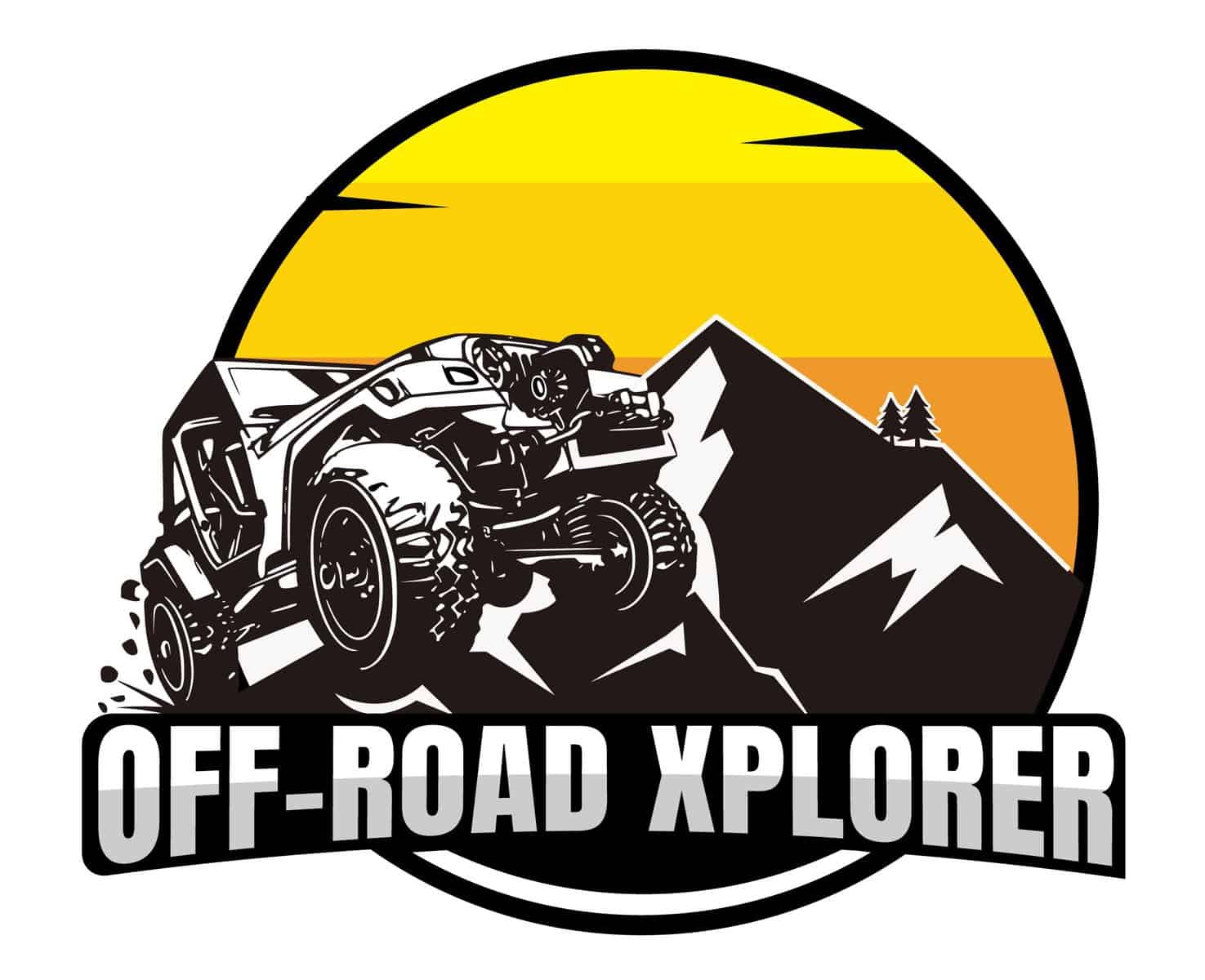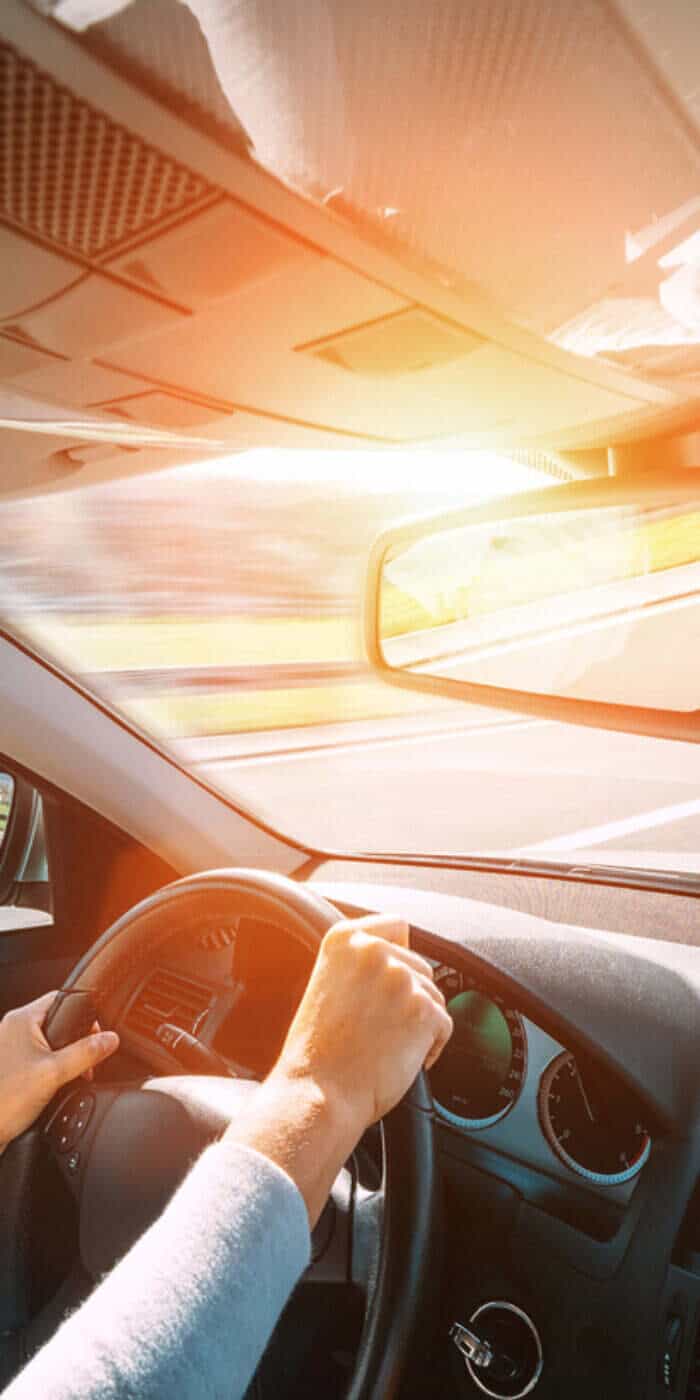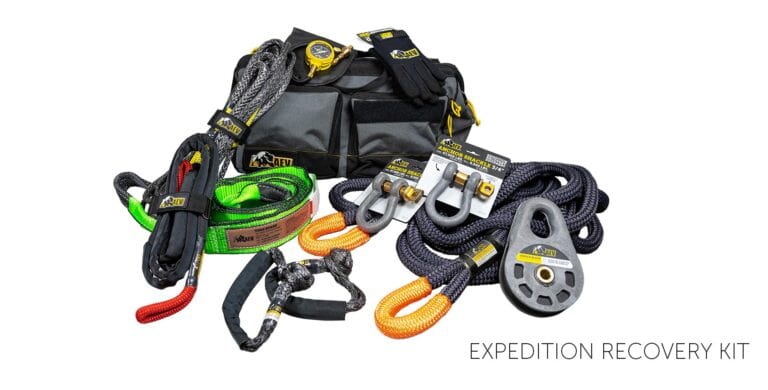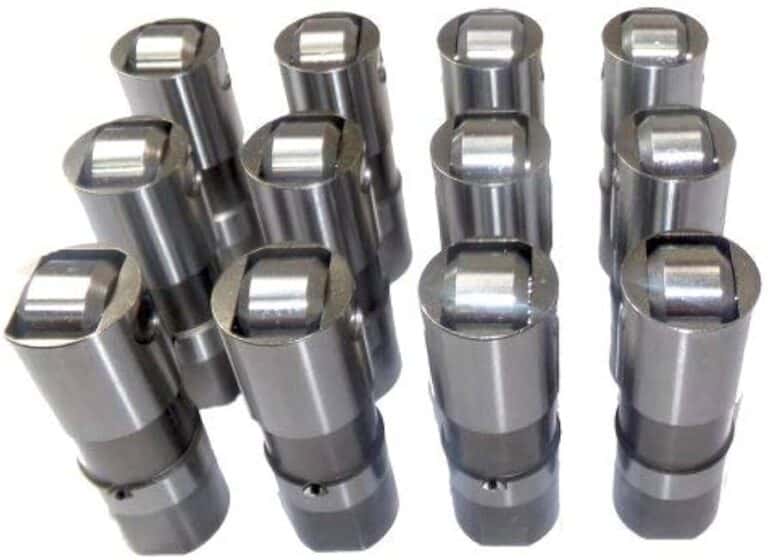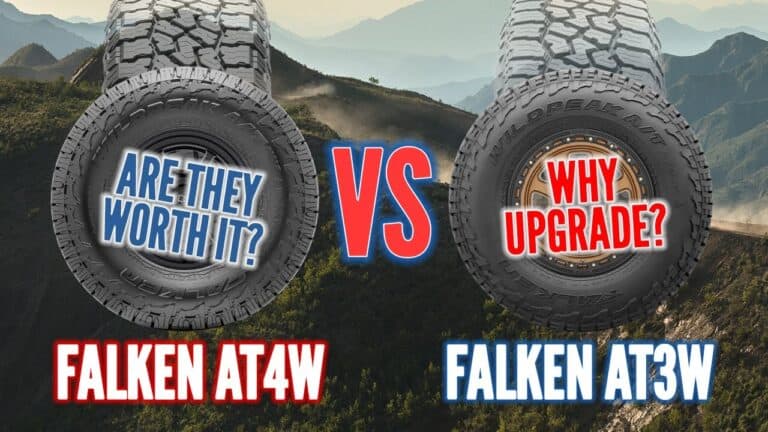Difference between Overlanding Vs Off Roading
If you are new to adventure driving, you might wonder what sets overlanding apart from off-roading. While both offer thrilling experiences, yet they provide different styles of exploration. Overlanding focuses on long-distance travel, often blending camping with self-sufficiency, while off-roading is more about tackling challenging terrains for the sheer fun of it.
In this article, I will try to explain the key differences between overlanding and off-roading. I hope this will help you choose the right adventure for your next journey.
So, What is Overlanding?
Overlanding is a form of adventure travel. It involves exploring remote places. It often includes camping for extended periods. Unlike traditional travel, which may focus on visiting popular tourist destinations or staying in hotels, overlanding encourages travelers to venture off the beaten path, immersing themselves in the natural beauty and cultural richness of less accessible areas.
Overlanding is more than just a mode of travel; it is a lifestyle that celebrates adventure, exploration, and a deep connection to the natural world. It invites individuals to step outside their comfort zones, embrace the unknown, and create lasting memories in some of the most beautiful and remote places on Earth. In summery
-
Overlanding is all about the journey, with a focus on self-reliance and being prepared for anything.
-
It’s about exploring remote places, often camping and living right out of your vehicle.
-
You’ll tackle tough terrains like dirt roads and river crossings along the way.
-
Overlanders discover hidden gems like secluded campsites and small, off-the-beaten-path communities.
-
The vehicles are fully equipped with things like roof racks, off-road tires, and portable kitchens for long trips.
-
There’s a strong community spirit, with travelers sharing tips, routes, and stories both online and around campfires.
What is Off-Roading?
Off-roading is driving on rough terrain. It includes mud, rocks, and sand. Off-roading can be a short or long activity. The main goal is to have fun and challenge your driving skills.
Key Features Of Off-roading
-
Focuses on challenging driving conditions.
- Short or long trips
- Fun and excitement
- Vehicles are modified for tough terrains.
-
Usually shorter trips compared to overlanding.
-
Vehicle equipped with lots of recovery gears like winch, tires, recovery straps, first aid etc.
Vehicles for Overlanding
Overlanding vehicles must be reliable. They often include 4×4 trucks, SUVs, and motorcycles. These vehicles have space for camping gear. They also have modifications for long trips.
Common Overlanding Vehicles
- 4×4 Trucks
- SUVs
- Motorcycles
Vehicles for Off-Roading
Off-roading vehicles are built for tough terrain. They often have big tires and strong suspensions. Common off-roading vehicles include Jeeps, ATVs, and dirt bikes.
Common Off-roading Vehicles
- Jeeps
- ATVs (All-Terrain Vehicles)
- Dirt Bikes
Equipment for Overlanding
Overlanding requires a lot of gear. You will need camping equipment, cooking tools, and recovery gear. Being prepared is key for overlanding.
Essential Overlanding Equipment
- Tent or Roof-Top Tent
- Sleeping Bags
- Cooking Stove
- Water Containers
- First Aid Kit
- Recovery Gear
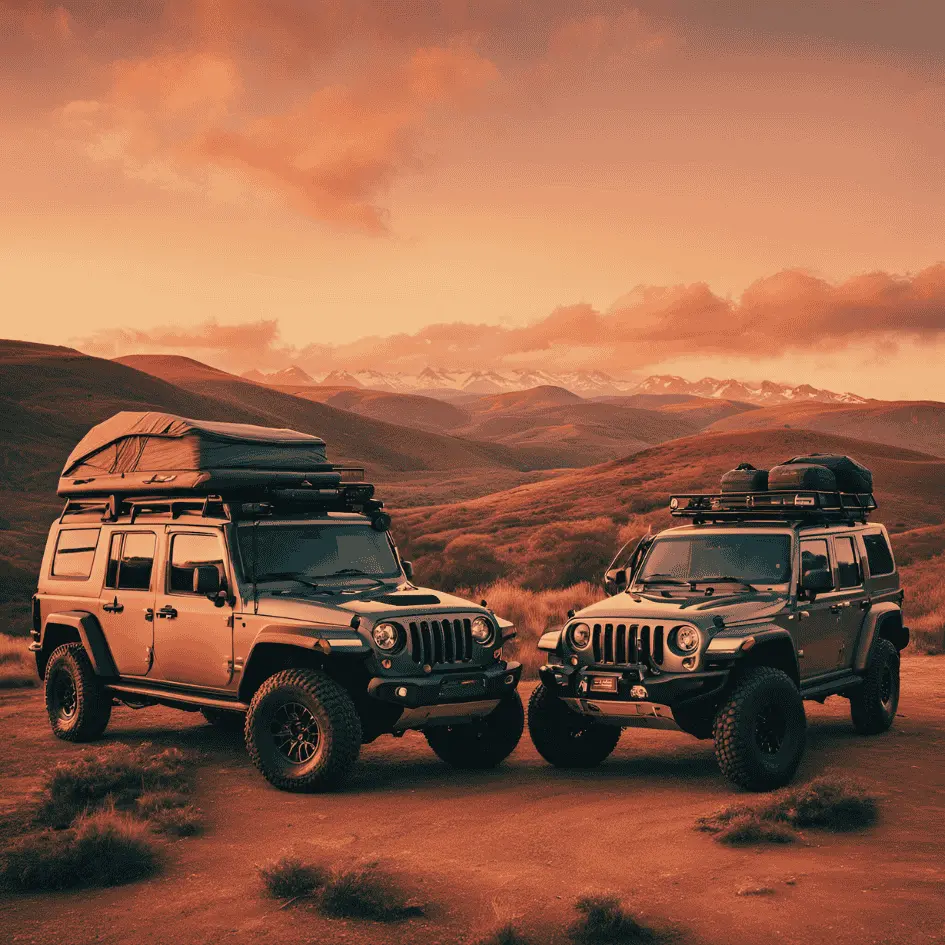
Equipment for Off-Roading
Off-roading needs less gear than overlanding. You will need recovery tools and safety gear. Having the right equipment ensures a safe and fun experience.
Essential Off-roading Equipment
- Tire Repair Kit
- Winch
- Snatch Straps
- Helmet (for ATVs and Dirt Bikes)
- First Aid Kit
Planning Your Overlanding Trip
Planning an overlanding trip takes time. You need to plan your route and pack your gear. Make sure your vehicle is in good condition. Always have a backup plan.
Steps To Plan An Overlanding Trip
- Choose your destination
- Plan your route
- Check your vehicle
- Pack your gear
- Inform someone of your plans
- Enjoy your adventure!
Planning Your Off-Roading Adventure
Off-roading is often more spontaneous. Still, you need to prepare. Check your vehicle and pack essential gear. Know the terrain you will be driving on.
Steps To Plan An Off-roading Adventure
- Choose your location
- Check your vehicle
- Pack essential gear
- Know the terrain
- Inform someone of your plans
- Have fun and stay safe!
Overlanding Vs Off Roading: Which is Right for You?
Both overlanding and off-roading offer unique adventures. Overlanding is great for long trips. You get to explore new places and camp in nature. Off-roading is perfect for thrill-seekers. You can enjoy short, exciting trips on rough terrain.
Choosing Overlanding If:
- You love long trips
- You enjoy camping
- You want to explore new places
Choosing Off-roading If:
- You love short, thrilling trips
- You enjoy driving on rough terrain
- You want to challenge your driving skills
Frequently Asked Questions
What Is Overlanding?
Overlanding is self-reliant travel to remote destinations where the journey is the primary goal.
What Is Off-roading?
Off-roading involves driving on unpaved surfaces like sand, gravel, riverbeds, mud, snow, rocks, and other natural terrains.
Which Vehicles Are Best For Overlanding?
4×4 vehicles with good ground clearance, storage capacity, and reliability are ideal for overlanding.
Which Vehicles Are Best For Off-roading?
Off-road vehicles like Jeeps, trucks, and ATVs with high ground clearance and rugged tires perform best in off-roading.
Conclusion
Overlanding and off-roading are both exciting activities. They offer different experiences and challenges. Choose the one that suits your interests. Get out there and enjoy the adventure!
